Hydroxypropyl Methyl Cellulose (HPMC) is a versatile chemical additive widely used in the construction industry, particularly for tile adhesives and plaster applications. As a derivative of cellulose, HPMC offers exceptional properties such as water retention, film formation, and dimensional stability, making it an essential component in modern construction materials. This article provides an in-depth analysis of HPMC's technical specifications, applications, and the company behind its production, Shijiazhuang Gaocheng District Yongfeng Cellulose Co., Ltd..
Product Overview
Hydroxypropyl Methyl Cellulose (HPMC) is a white or milky white powder derived from high-purity cotton fiber through an etherification process under alkaline conditions. It is renowned for its ability to enhance the performance of cement mortars, ceramic tile adhesives, and refractory coatings. The product's unique chemical structure provides it with excellent thickening, water retention, and adhesion properties, making it a preferred choice for construction professionals worldwide.
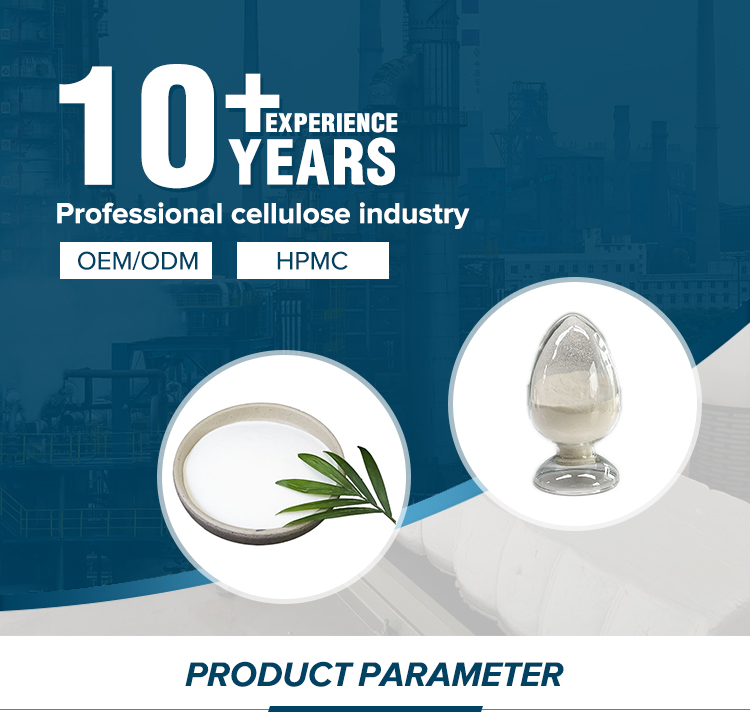
Key Features of HPMC
- High Water Retention: Ensures optimal workability and adhesion in cementitious materials.
- Excellent Film Formation: Creates a durable, flexible film that enhances surface bonding.
- Dimensional Stability: Prevents shrinkage and cracking in dried applications.
- Resistance to Mildew and Dispersibility: Maintains product integrity in humid environments.
Technical Specifications
| Parameter | Details |
|---|---|
| Appearance | Milky white or white powder |
| Carbonization Temperature | 280-300% |
| Color Temperature | 190-200% |
| Particle Size | 100 mesh: >98.8%; 80 mesh: 99.9%; Special: 40-60 mesh |
| Apparent Density | 0.25-0.70 g/cm³ (typically 0.5 g/cm³) |
| Specific Gravity | 1.26-1.31 |
| Solubility | Soluble in water and solvents like ethanol/water or propanol/water |
Applications in the Construction Industry
HPMC is a critical component in various construction applications due to its ability to improve the performance of cementitious and plaster-based materials. Key applications include:
1. Cement Mortar
HPMC enhances the workability and water retention of cement mortars, ensuring even distribution and improved adhesion to substrates. This is particularly important in high-rise construction and structural repairs.

2. Ceramic Tile Adhesive
In ceramic tile installations, HPMC acts as a binding agent, preventing slippage and ensuring long-term durability. Its water retention properties are crucial for maintaining the integrity of the adhesive layer during curing.
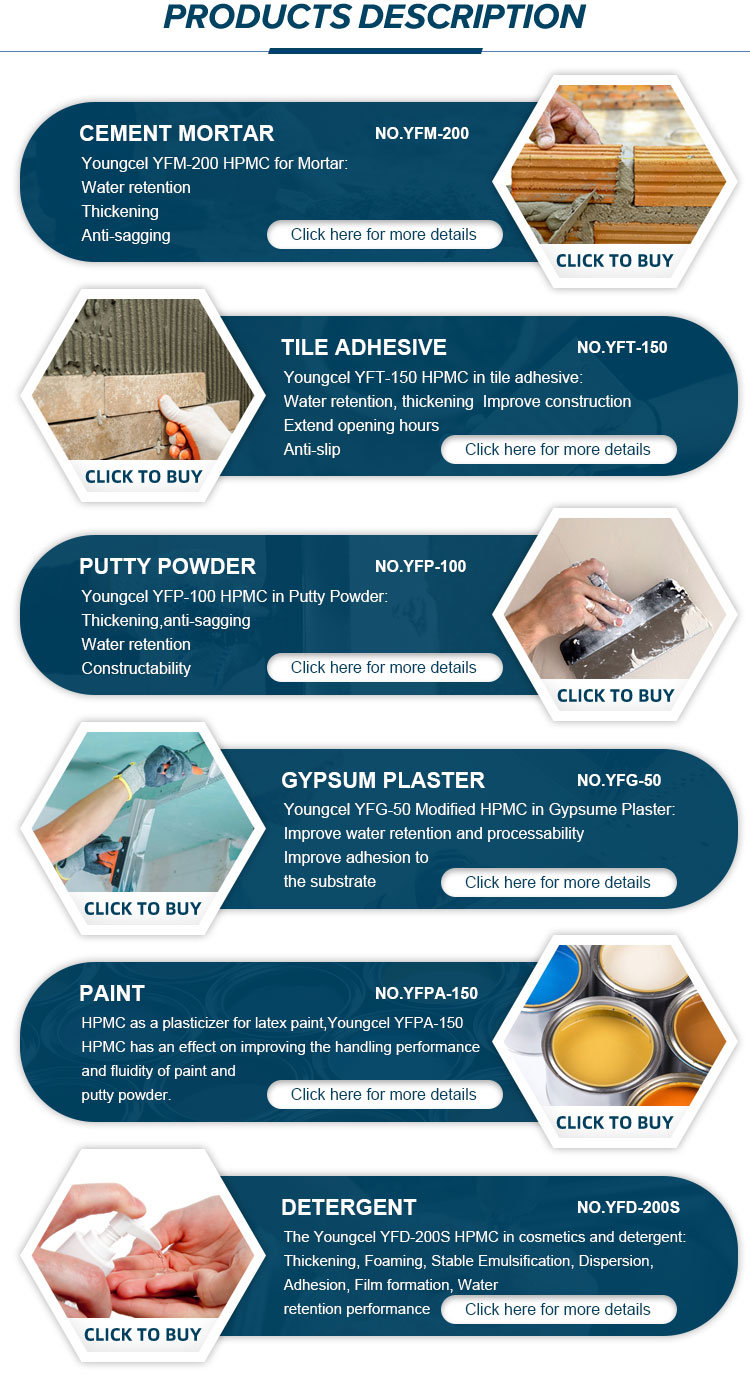
3. Refractory Coatings
HPMC serves as a suspension agent and fluidity improver in asbestos and refractory coatings. It enhances adhesion to substrates and improves the mechanical strength of the final product.

4. Gypsum Coagulant Slurry
By improving water retention and workability, HPMC ensures better adhesion of gypsum-based materials to substrates, reducing the risk of cracking and delamination.

5. Joint Cement
HPMC is added to joint cement for gypsum boards to improve fluidity and water retention, ensuring a seamless finish and long-term structural stability.
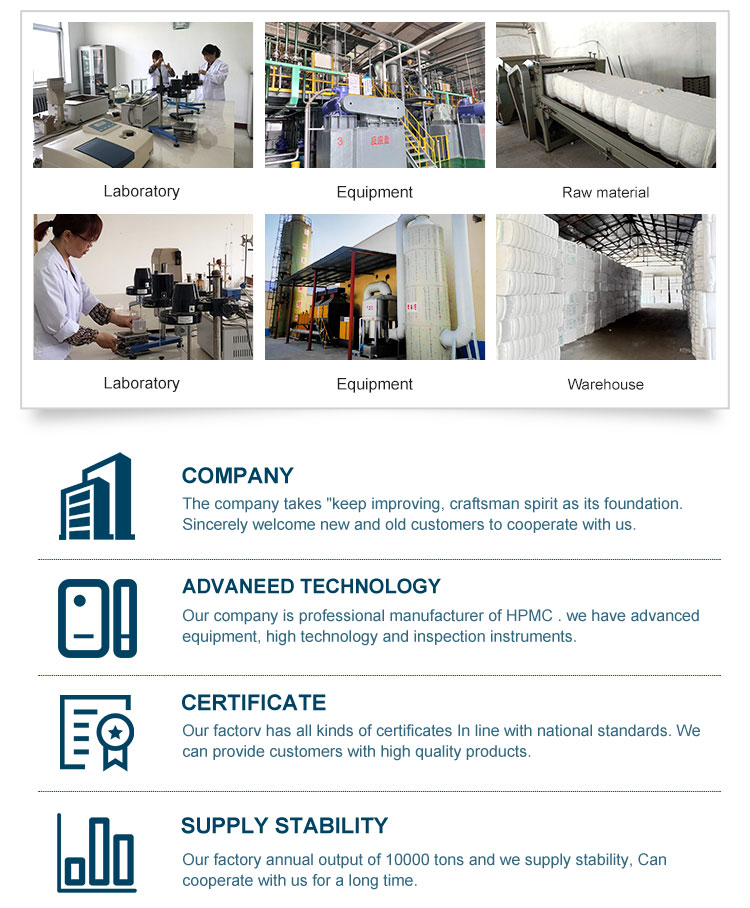
Company Background: Shijiazhuang Gaocheng District Yongfeng Cellulose Co., Ltd.
Shijiazhuang Gaocheng District Yongfeng Cellulose Co., Ltd. is a leading manufacturer of cellulose-based chemical additives, including HPMC. With a focus on innovation and quality, the company has established itself as a reliable supplier to the global construction industry. Their products are designed to meet stringent industry standards, ensuring optimal performance in diverse applications.
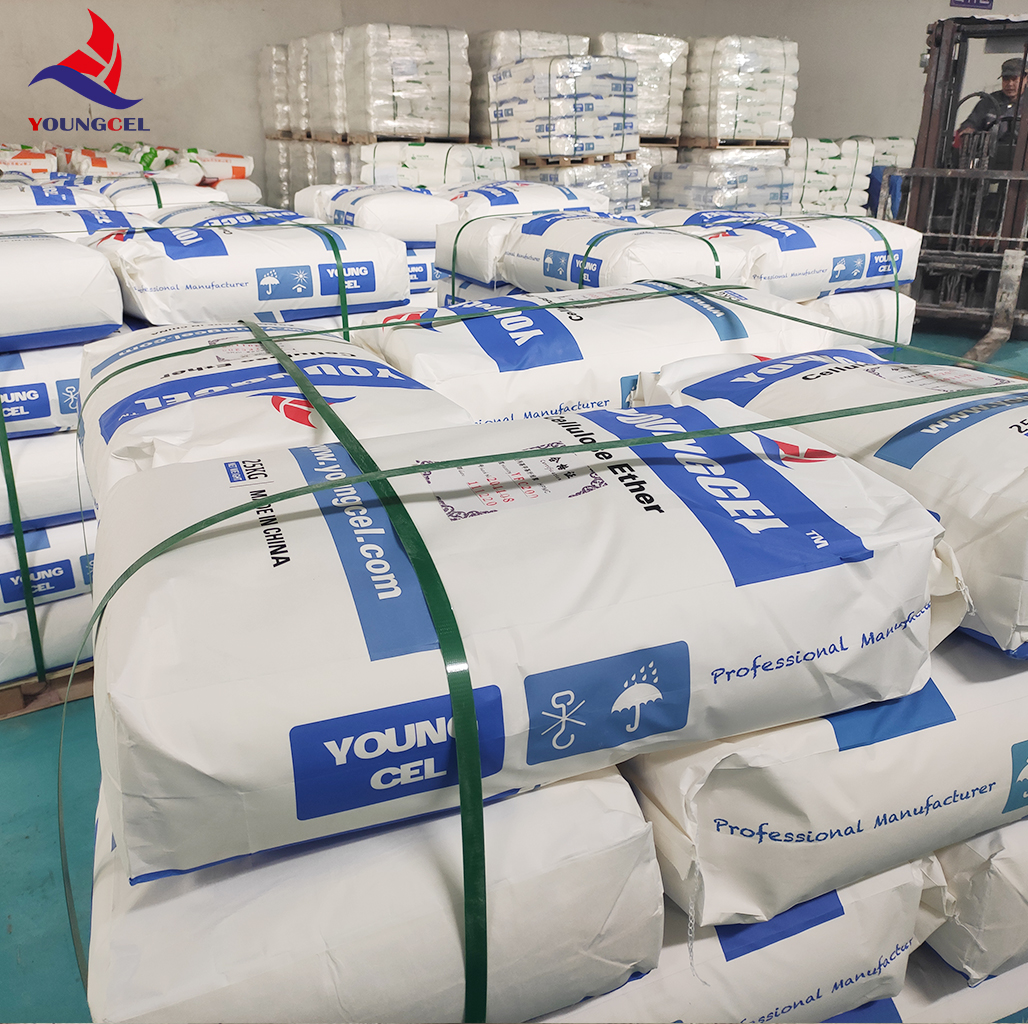
According to the National Institute of Standards and Technology (NIST), "Cellulose derivatives like HPMC play a critical role in modern construction materials by enhancing their mechanical and chemical properties. These additives contribute to the durability and efficiency of building systems, aligning with NIST's mission to advance technological innovation through measurement science and standards" (NIST, 2025).
Conclusion
Hydroxypropyl Methyl Cellulose (HPMC) is an indispensable additive in the construction industry, offering unmatched performance in tile adhesives, cement mortars, and refractory coatings. Its technical specifications, including high water retention and dimensional stability, make it a preferred choice for professionals seeking reliable and durable solutions. Shijiazhuang Gaocheng District Yongfeng Cellulose Co., Ltd. continues to lead the way in providing high-quality HPMC products that meet global industry standards.
References
National Institute of Standards and Technology (NIST). (2025). Advancing Construction Materials through Measurement Science. Retrieved from https://www.nist.gov
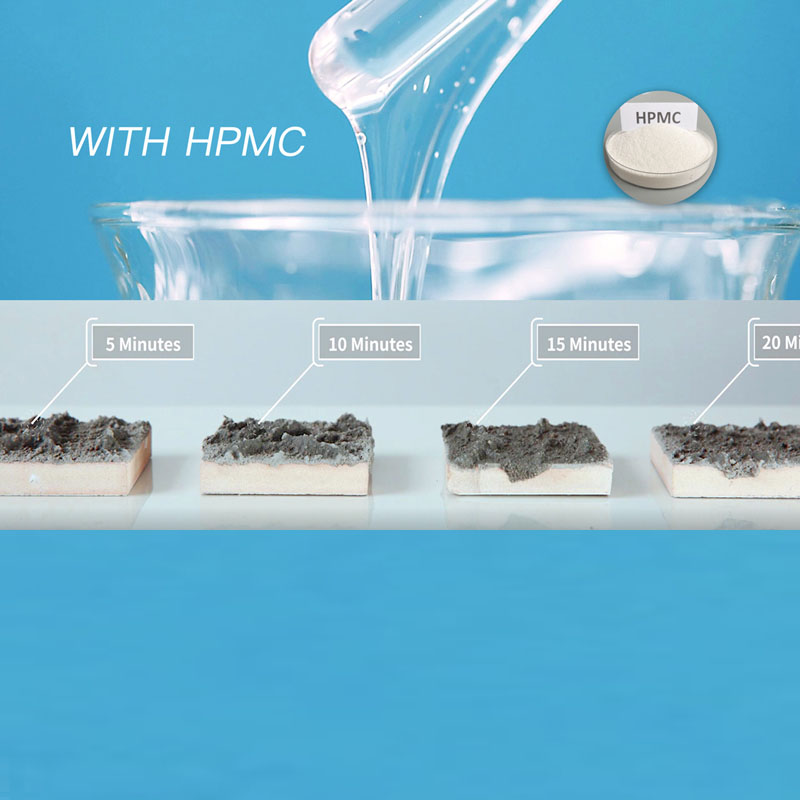
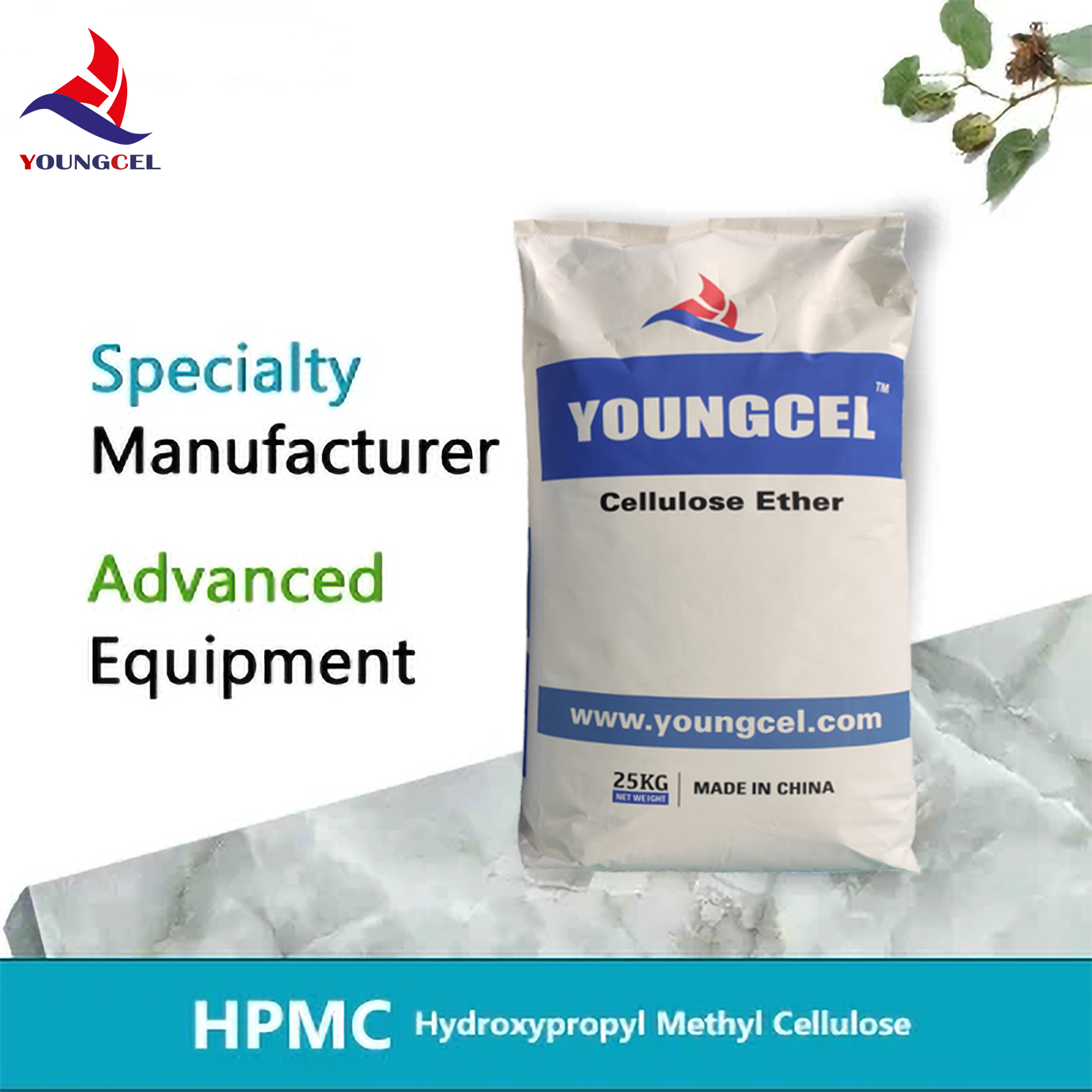
-
Hydroxyethyl Methyl Cellulose HEMC: Industrial Uses, Benefits & Future TrendsNewsNov.23,2025
-
HEMC Cellulose: Versatile & Sustainable Industrial Polymer | YoungcelNewsNov.23,2025
-
Methyl Hydroxyethyl Cellulose: Versatile Building Block for Industry & SustainabilityNewsNov.23,2025
-
CAS 9032 42 2: Understanding Polyvinyl Alcohol's Impact on Industry & SustainabilityNewsNov.22,2025
-
Hydroxyethyl Methyl Cellulose: Versatile Solutions for Modern Industry and SustainabilityNewsNov.22,2025
-
Your Guide to PVA Manufacturer: Quality, Applications & Future TrendsNewsNov.21,2025




